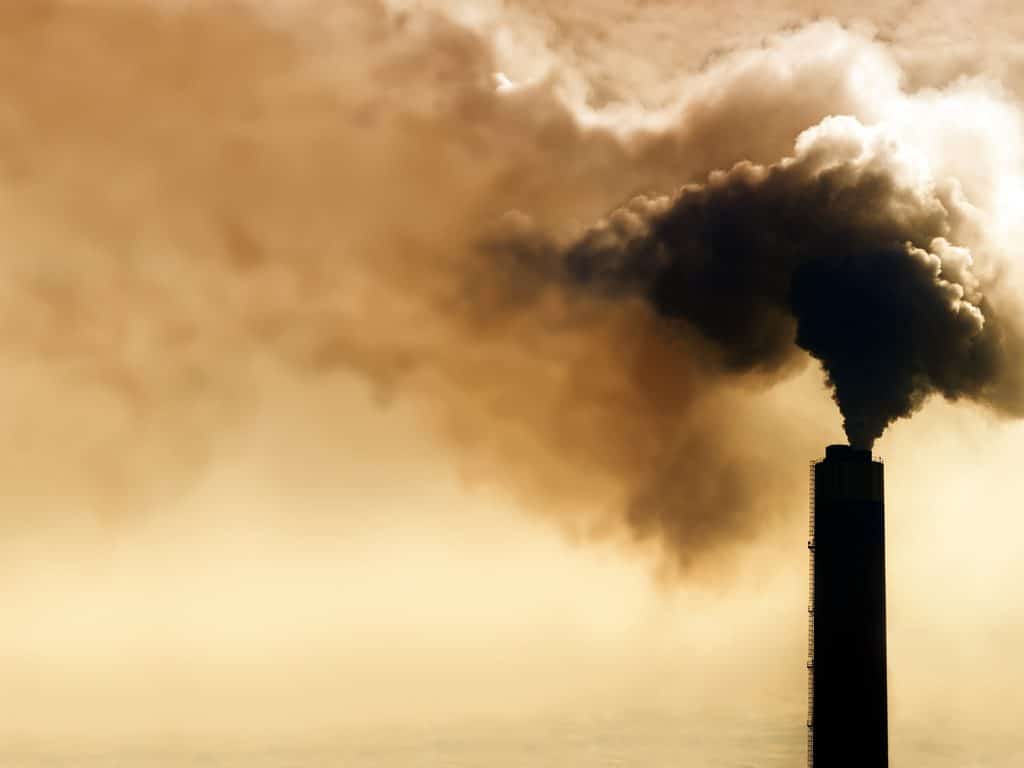A climate and greenhouse gas (GHG) laboratory has recently been launched in Rwanda. The inauguration ceremony took place on Friday, January 11, 2019. It is the very first centre of its kind in Africa. The lab will be used to calculate the dydrofluocarbons emitted in Rwanda and in the countries of the sub-region. The facility is housed at the National University of Rwanda. According to Education Minister Eugène Mutimura, the laboratory will “provide accurate data to policy makers on how to mitigate the effects of climate change. In concrete terms, the centre will “contribute to limiting deforestation and its impact on the environment, controlling greenhouse gas emissions and reducing the use of fossil fuels”, as the minister said. It is a partnership between the Ministry of the Environment, the Ministry of Education and the Massachusetts Institute of Technology (MIT).
The laboratory is equipped to observe developments related to climate change in Africa, and to detect the sources and quality of gases emitted in East African countries and Rwanda in particular. This will provide decision makers with reliable information to develop appropriate policies to limit the effects of climate change. In addition, the data provided by the laboratory will enable Rwanda to better negotiate international climate agreements. In addition, it will be coordinating eight air quality analysis centres in all provinces across the country. These centres will be responsible for detecting sources of air pollution throughout the country.
The designers of this laboratory have equipped it with a Medusa system that can measure and analyse more than 50 types of ozone-depleting substances.
In 2018, Rwanda lost $230 million due to environmental disasters. A survey published by the Ministry of Disaster Management reveals that 234 people died last year as a result of this phenomenon. In the same period, 15,200 homes and nearly 9,400 hectares of land were lost in 15 districts of the country.
Luchelle Feukeng
